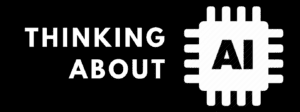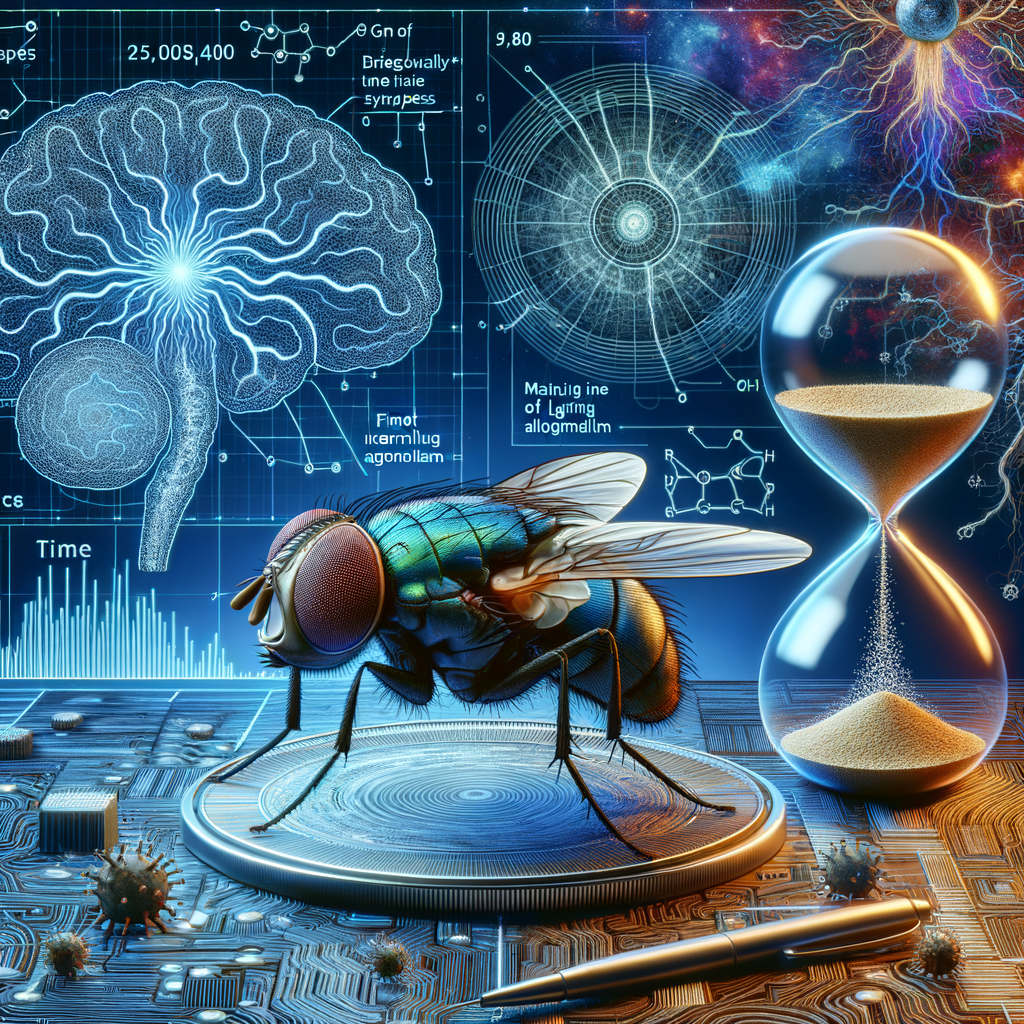Paul’s Perspective:
Understanding these complex neural connections is fundamental in advancing how we comprehend cognitive processes and could influence the development of AI that mimics biological intelligence. Businesses need to stay informed as these scientific milestones can signal upcoming disruptions or advancements in technology that directly affect strategic planning.
Key Points in Article:
- The map details 25 million synapses among 4,800 neurons.
- It could inform machine learning algorithms and neurodegenerative disease research.
- The project took 12 years to complete, marking a milestone in brain mapping.
Strategic Actions:
- Review the processes used to create the brain map.
- Analyze the implications of this research on neurodegenerative diseases.
- Assess how the findings might enhance machine learning capabilities.
Dive deeper > Full Story:
The Bottom Line:
- A groundbreaking map of a fruit fly’s brain has been created, revealing intricate neural connections.
- This advancement may deepen our understanding of brain function and intelligence.
Ready to Explore More?
If you’re looking to understand how these kinds of scientific breakthroughs could impact your digital strategy, our team is poised to help translate complex innovations into actionable business insights.





